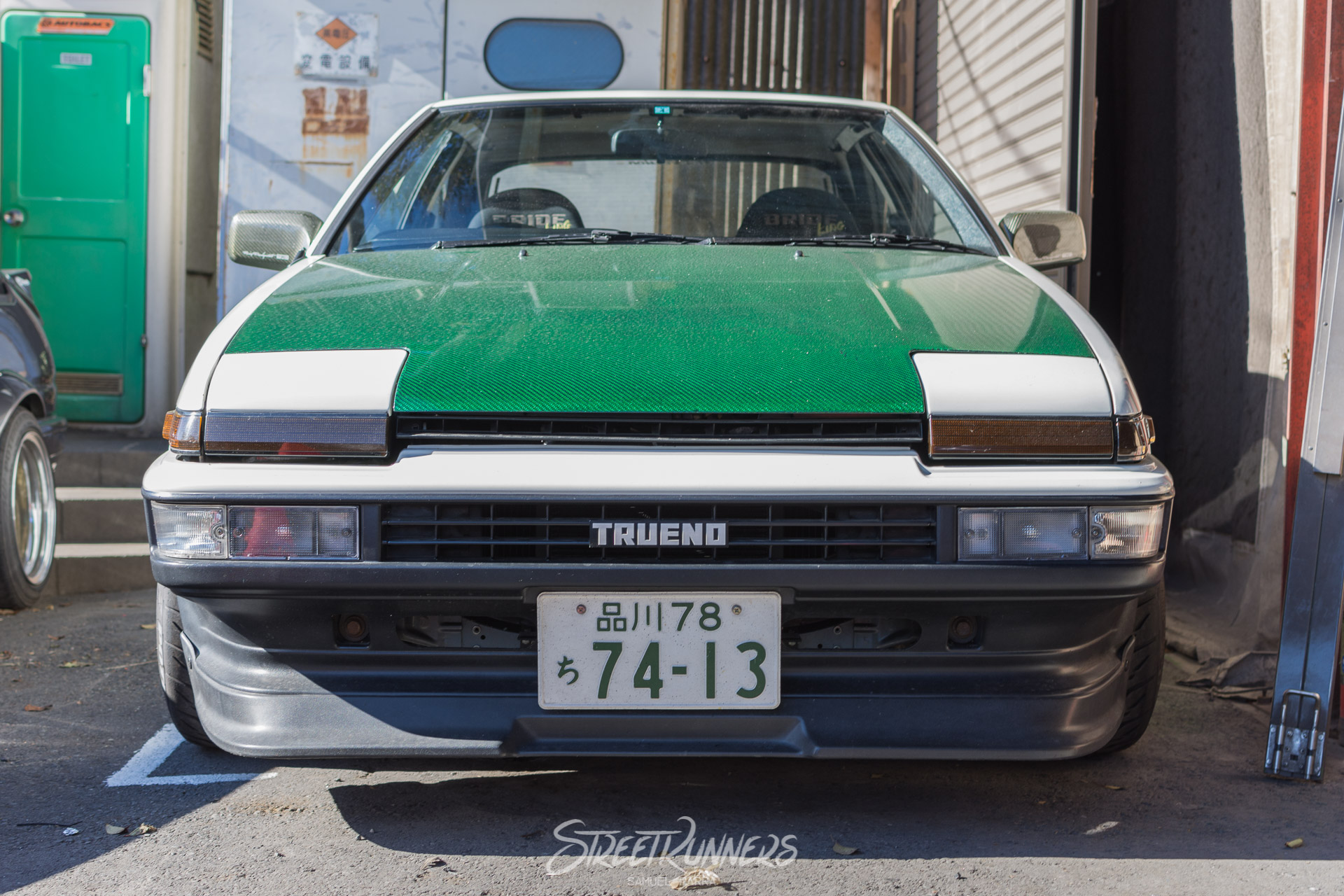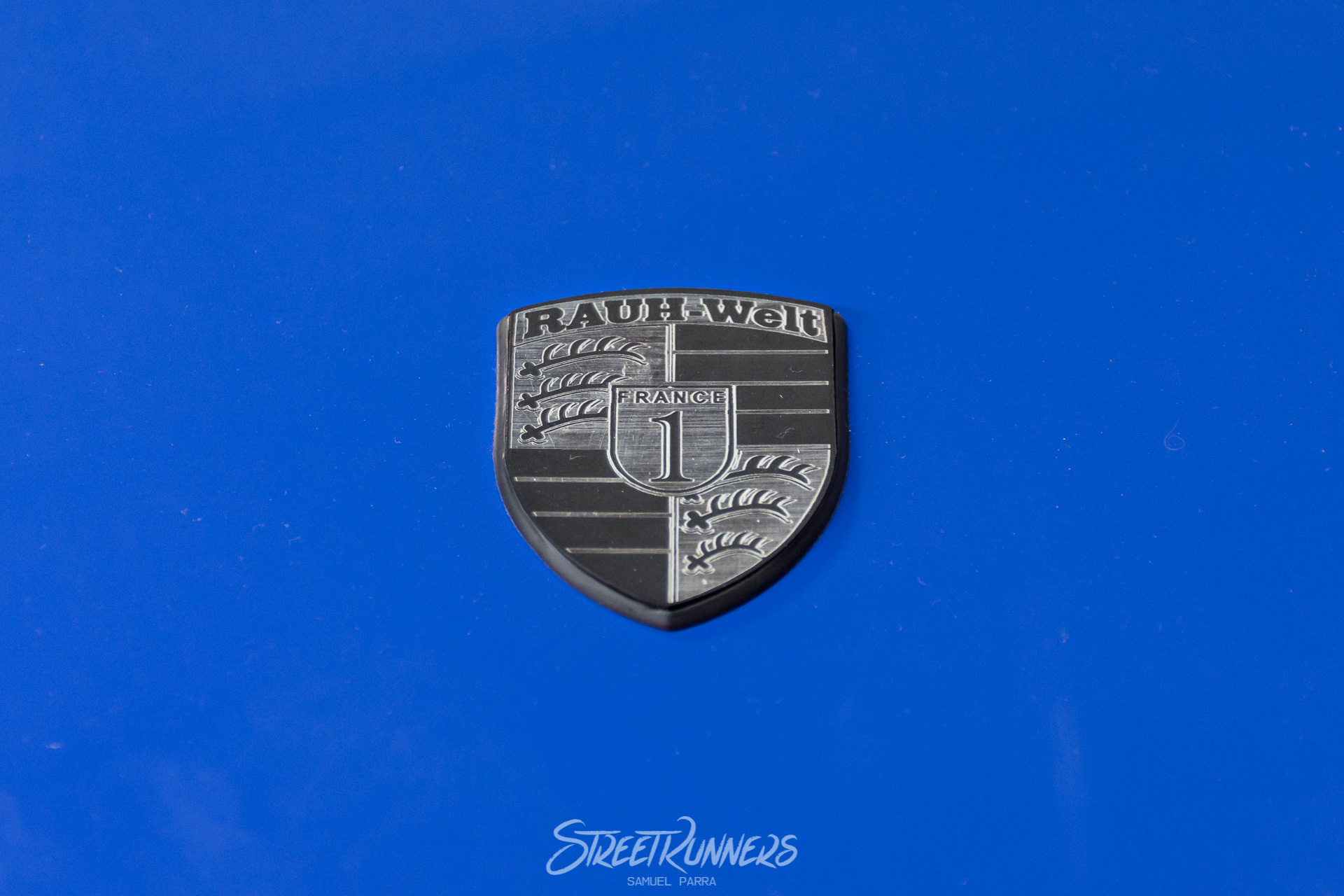Car auctions in Japan
- Samuel Parra
First time I came across them on a random Internet blog I didn’t know what I was looking at: pictures of cars taken
at the same white, nearly aseptic corridor, with a shy driver who bowed down to avoid being recognized.
There was a bit of everything: from vans to supercars, and, of course, JDM drift modified coupes. I still
didn’t know at that time, but that was my first contact with Japanese car auctions.
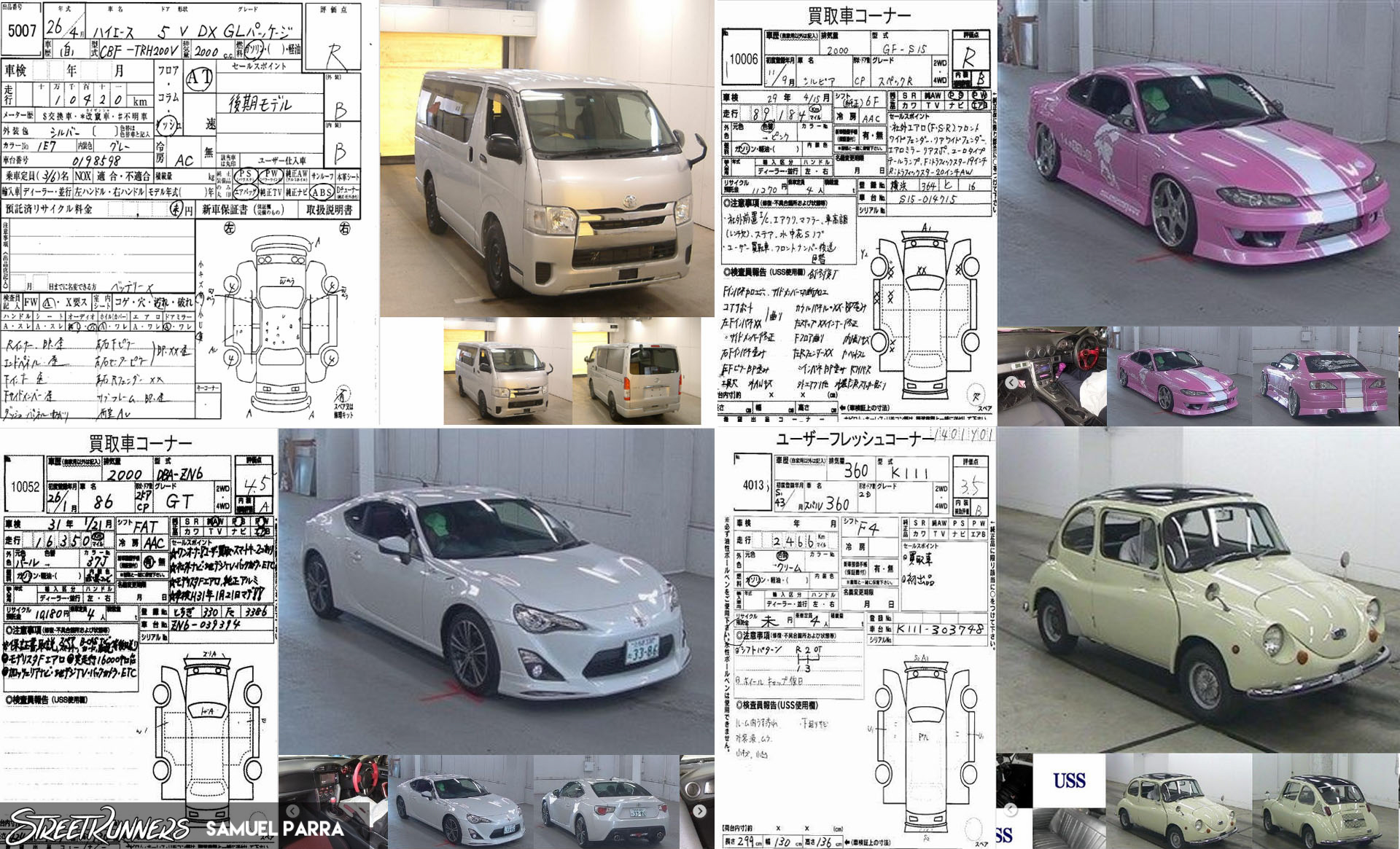
Years went by, and as my interest in JDM grew, so did my jealousy of those who could have access to those cars which, even more, were insanely low priced compared to what could be found in my country… if they ever were sold here.
But what is true is that one doesn’t know what tomorrow might bring, and this last January I had the chance of doing something I only had dreamt of: seeing those auctions, not from my computer, but live.
It all started when I contacted Julio, a Spanish guy living in Tokyo who works for
Trendy Information, a company which is devoted to exporting vehicles from Japan to other
parts of the world, especially South America, arranging all the necessary paperwork and shipping the car via container.
Without much hope I asked him if it would be possible to attend one of those auctions to be able to write about the
experience on the blog, and, to my surprise, he said yes. The next day I was in his car at the break of dawn going
road to USS Tokyo,
one of the biggest auction houses in Japan.

And when I say big, I really mean it. The volume of daily sold vehicles is something which I simply can’t comprehend. There’s something for everyone. And then there’s even more.
How does an auction work? It’s very simple. First, to be able to bid for any of the cars which go on auction every day, a license is required. If that’s not your case, another option is hiring the services of one of the many companies which export these cars, who will take care of everything from the moment the buyer shows interest in a particular model to the delivery at the destination harbor after the acquisition.
In the case one chooses to work with an import/export company, the buyer will usually pay an initial deposit so that an agent starts looking for a car that matches the client’s needs. Japanese people have it very organized, and only an Internet connection is needed to see which cars are going up for auction in the next days on websites such as JPAuc. One of the advantages of buying a car using this system is that each vehicle is thoroughly examined and rated based on external and internal condition. Although some auction houses are less strict about their ratings, it is usually a good starting point for the search.
I do not know if it’s like this with all the exporting companies, but in Trendy Information’s case, once a car that matches what the buyer is looking for is found, the agent in charge of the purchase goes to see the possible candidates in person and checks them thoroughly. He is even able to hear the engine, as most of the cars in the parking lot are open and have their keys inside, ready to be examined by any authorized agent. If by any reason a specific car does not have its keys inside, one of the auction house workers will hand them over without any hesitation.
Once the car has been examined and it is looking good, it is time for the actual auction to take place: it’s nothing like people screaming here and there, or hands being raised while the price goes up. The sales volume makes this type of auction a non-viable one.
In the case of USS Tokyo, after arriving to the auction building one must identify himself as an agent in one of the
computers, similar to ATMs, located in the entrance hall. There are also leaflets which contain all the vehicles
being sold on that specific day.
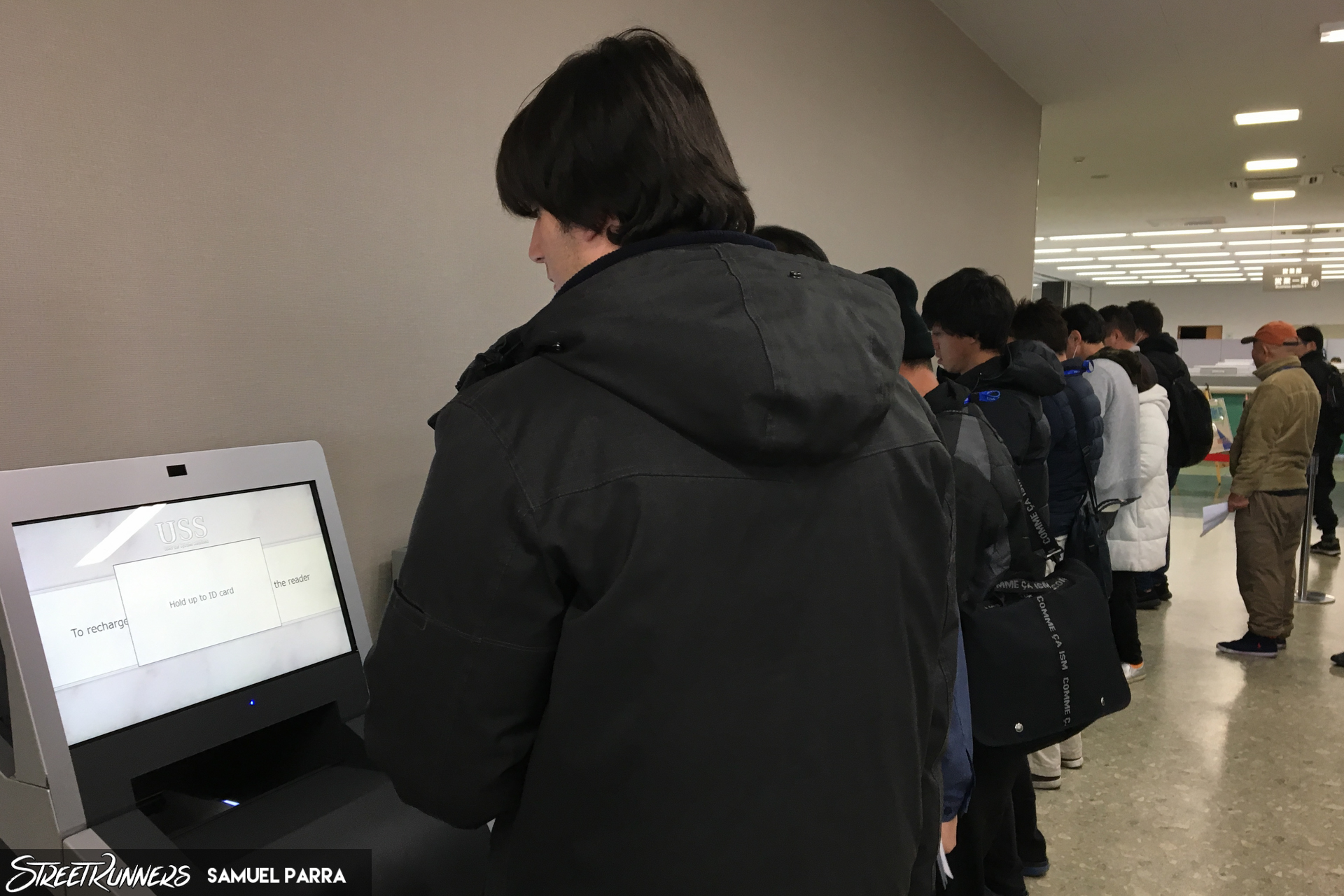
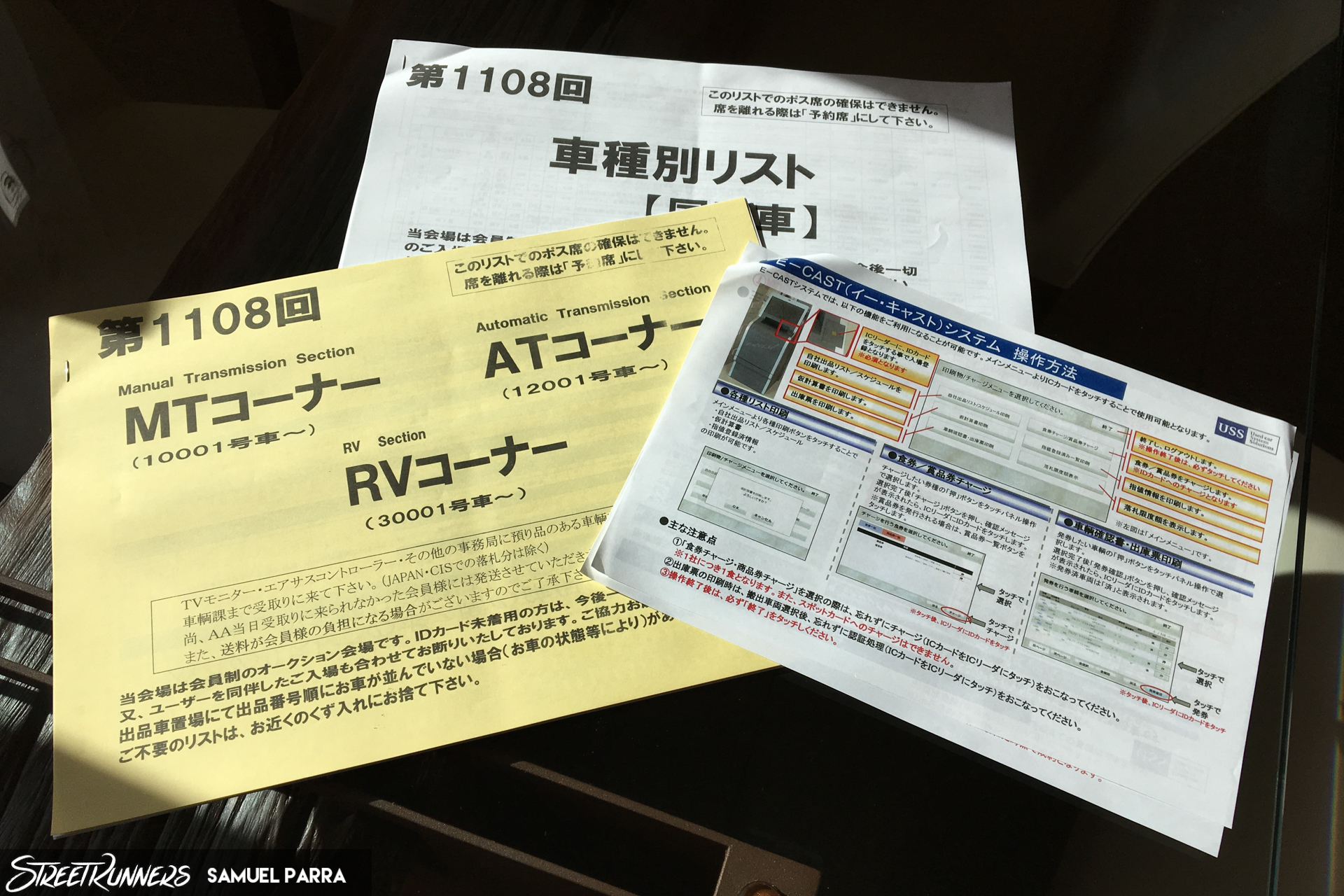
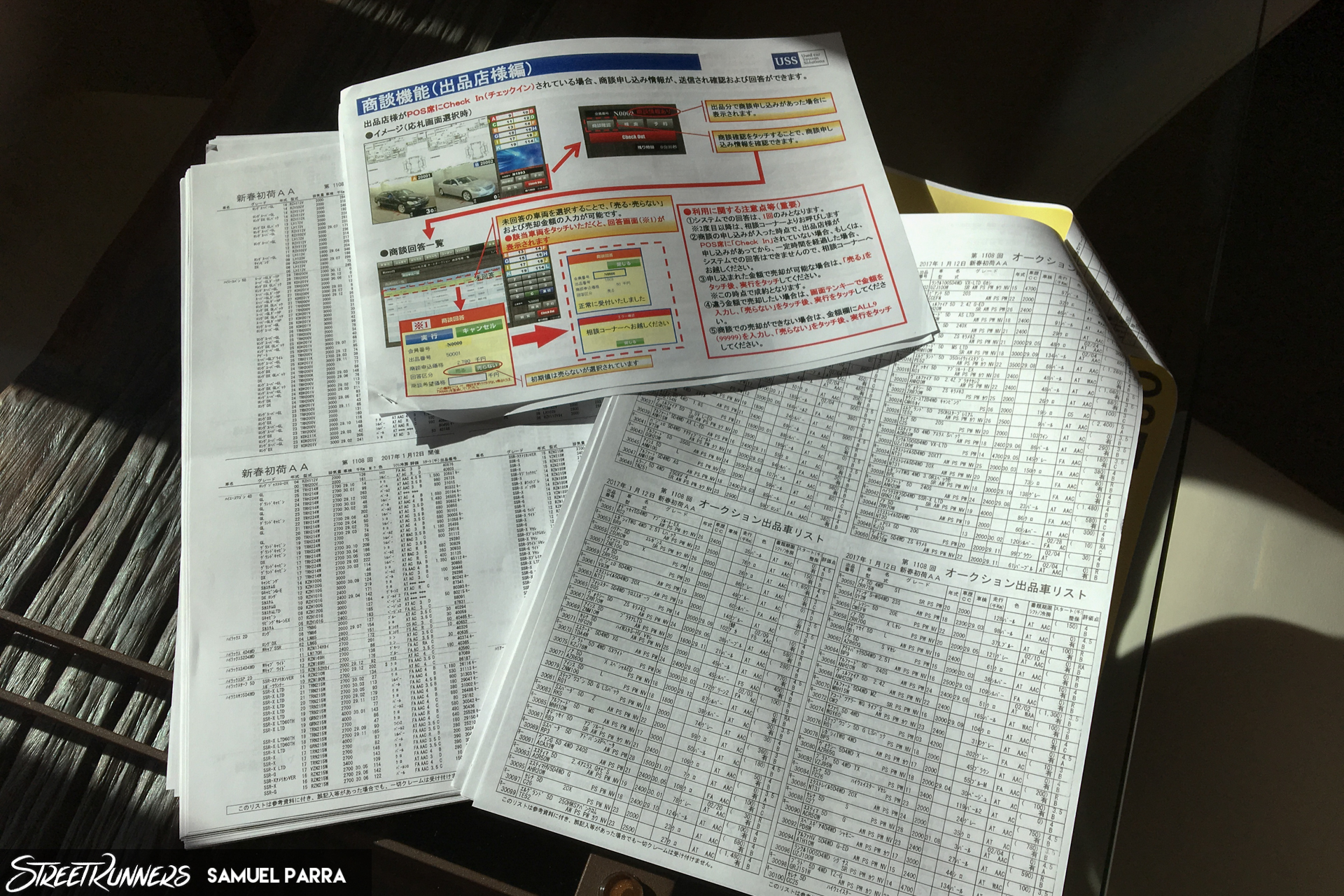 Once the agent is identified, it is time to go to the building’s main hall, which, by the way, may look like a NASA
control room to the untrained eyes.
Once the agent is identified, it is time to go to the building’s main hall, which, by the way, may look like a NASA
control room to the untrained eyes.
 In each table there’s a computer from where the agents, after having “booked” that place, can place their bids for the
cars they’re interested in. There’s also a search engine so one can know when will a specific auction start without
having to be checking the screen constantly. There’s cars which start at 0¥ and some others have a specified starting
price. At the same time, the seller may choose to sell the car at any price, or set a reserve for it. If that’s the
case, and there are no bids higher than the reserve, the car won’t be sold and will be up for auction on following
days. To bid, the agent only has to select the car he is interested in and press a button under the table.
In each table there’s a computer from where the agents, after having “booked” that place, can place their bids for the
cars they’re interested in. There’s also a search engine so one can know when will a specific auction start without
having to be checking the screen constantly. There’s cars which start at 0¥ and some others have a specified starting
price. At the same time, the seller may choose to sell the car at any price, or set a reserve for it. If that’s the
case, and there are no bids higher than the reserve, the car won’t be sold and will be up for auction on following
days. To bid, the agent only has to select the car he is interested in and press a button under the table.
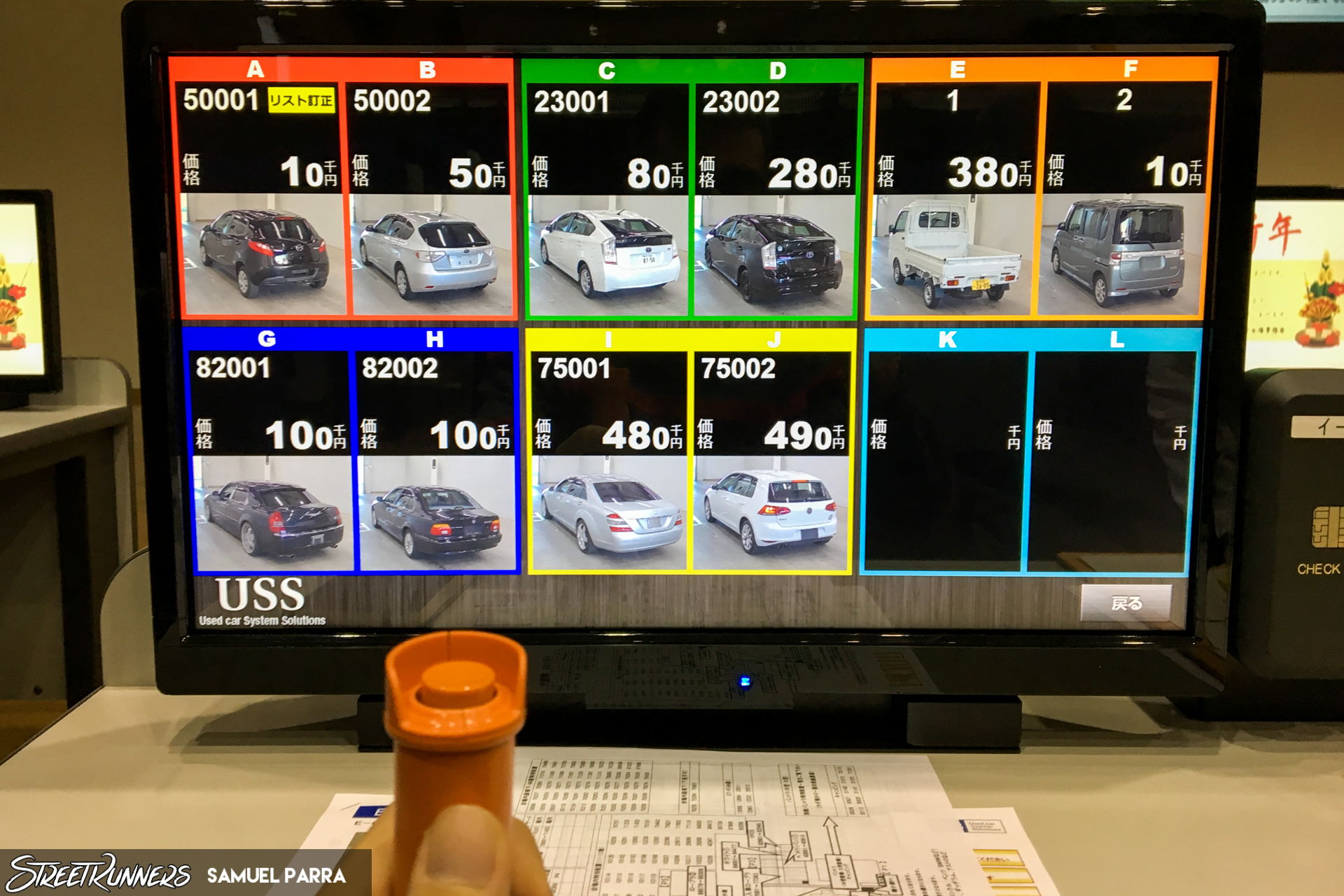
How is an auction like? In order to understand what’s happening, have in mind the following:
Blue square - auction has started.
Red square - Reserve has been met, so the highest bid wins the car.
Brown square - Reserve has not been met, the car remains unsold.
Yellow and green squares - Bids are being placed (each blink means a new bid has been placed)
The day I visited USS Tokyo a Nissan GT-R34 V-Spec II Nür was up for sale. It is already impressive in stock form,
but this one had had the whole Nismo parts catalog installed, including a R1 spec engine. Starting price was
9.800.000¥, or about 80,000€ / £70,390 / 86,000$.
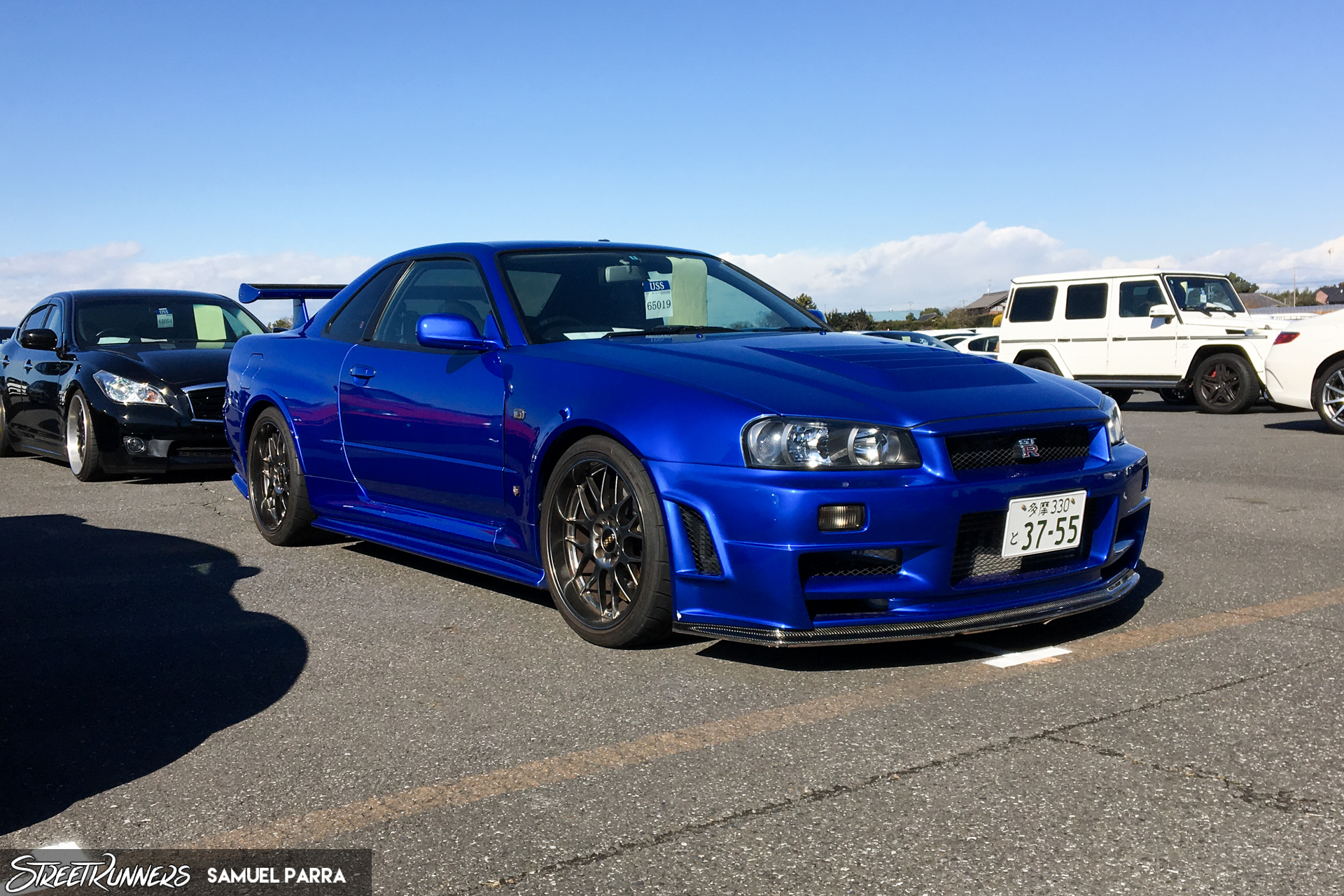
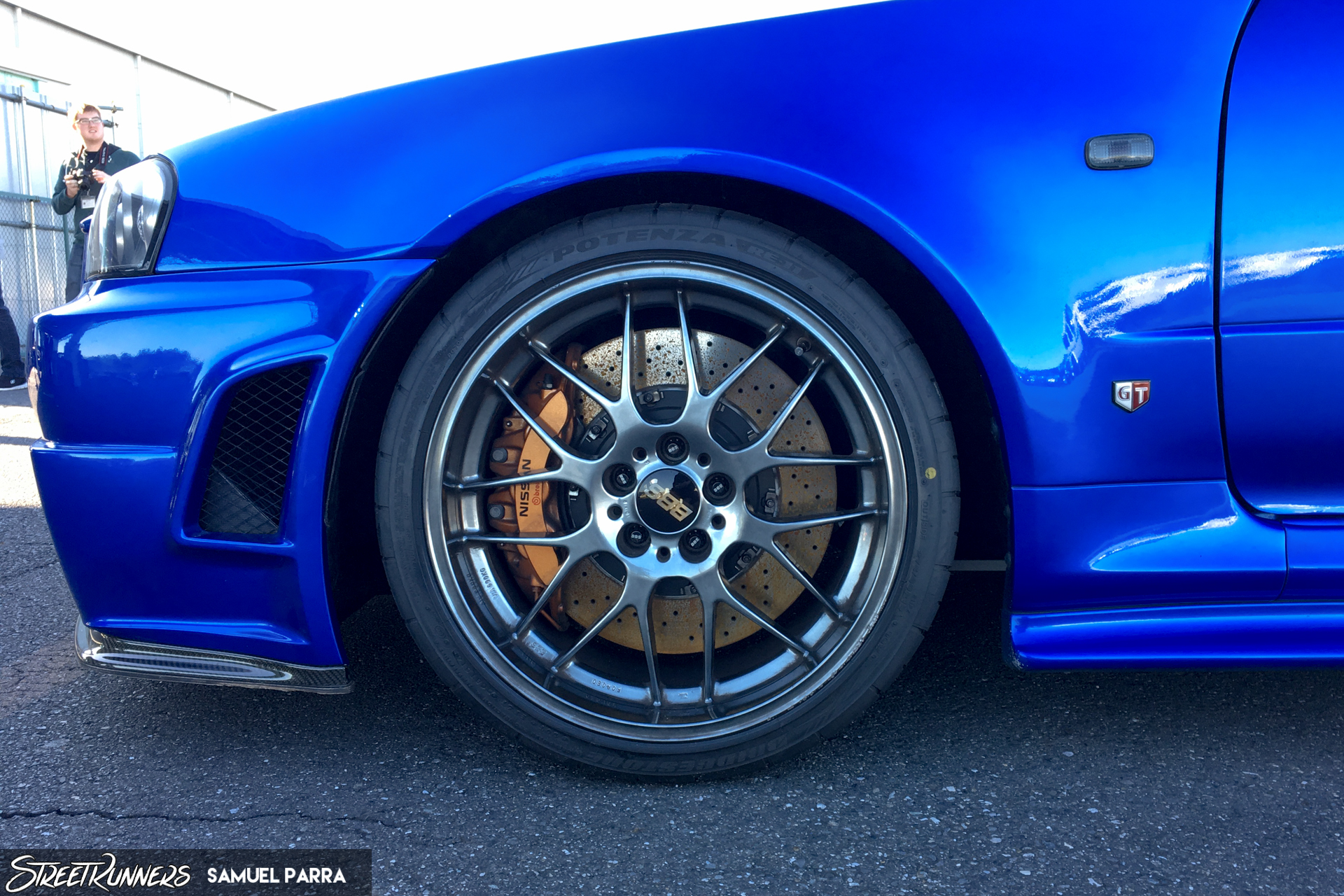
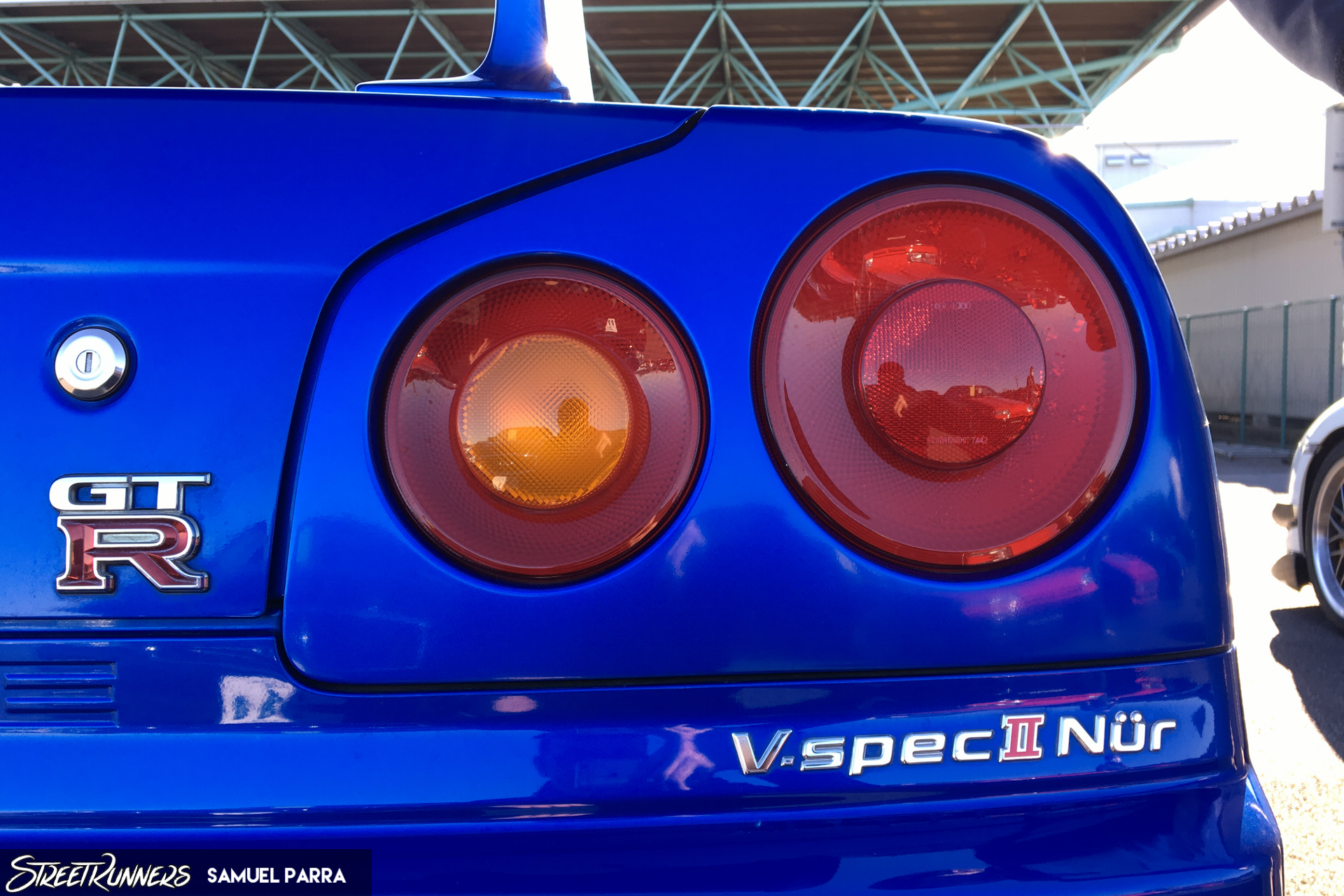 I didn’t want to miss that auction for anything in the world, so I sat in my place and took out my phone.
I didn’t want to miss that auction for anything in the world, so I sat in my place and took out my phone.
It was truly crazy:
In this case, the auction price went all the way to 157.000€ / £137,500 / 167,000$, but it didn’t meet the reserve and the car remained unsold until the next day. But what would have happened if, like many other cars that day, the R34 had been sold?
In that case, once the car has been won, a date and time to pick up the car from the parking lot are given to the winning agent. Then the exporting company takes care of all the necessary paperwork. The Agent Fee must be added to the final price of the car, that is, agent’s commission plus all the taxes to be able to unload the car from the cargo boat at the destination’s harbor.
There’s two options: one is importing the car as FOB (free on board), that is, paying for transport at the destination point, or as CIF (Cost, Insurance and Freight), which means everything is paid in full before shipping the car and once it arrives at destination it can be picked up without having to pay any extra taxes. In Spain, only CIF imports are allowed, but this may change depending on the country.
How does this translate to money? It depends on different factors. Usually, the agent will charge either a percentage of the auction price or a fixed fee, depending on the company one chooses to work with. With all the taxes and permits, shipping a car from Japan to Spain may cost around 2500€ / £2200 / 2700$.
Up to that point it may sound easy, and even feasible to import a car from Japan instead of doing it from other EU countries such as Germany. Problem is, in Spain we have one of the toughest regulations regarding imported cars. So if you live in another country consider yourself lucky, because trying to have a car which was never sold in the EU, such as the Nissan Silvia S15 or many others, as road legal is a nightmare. I won’t go into details, but it can take up to a year and 5000€ / £4400 / 5400$ in paperwork to be able to use the car in Spanish roads. Worst case scenario, you will never be able to do so.
It’s a shame that Spanish laws make it so difficult for us car enthusiasts to import this kind of cars to our country. So as I said before, consider yourself lucky if the place you live doesn’t have strict regulations about this topic. The worst part is that this situation is unlikely to change anytime soon. What still holds true is that Japanese car auctions are beyond amazing, and any car enthusiasts should visit one of them if he or she has the chance. For the time being, seeing them through the computer’s screen will have to suffice.
While I was leaving the parking lot I couldn’t help going for the last walk and checking what was being put on an
auction that day. I took a ton of pics, but I’ve tried to make a selection of the most interesting or curious cars,
from American pick-ups…
 …to brand-new condition Japanese classics…
…to brand-new condition Japanese classics…
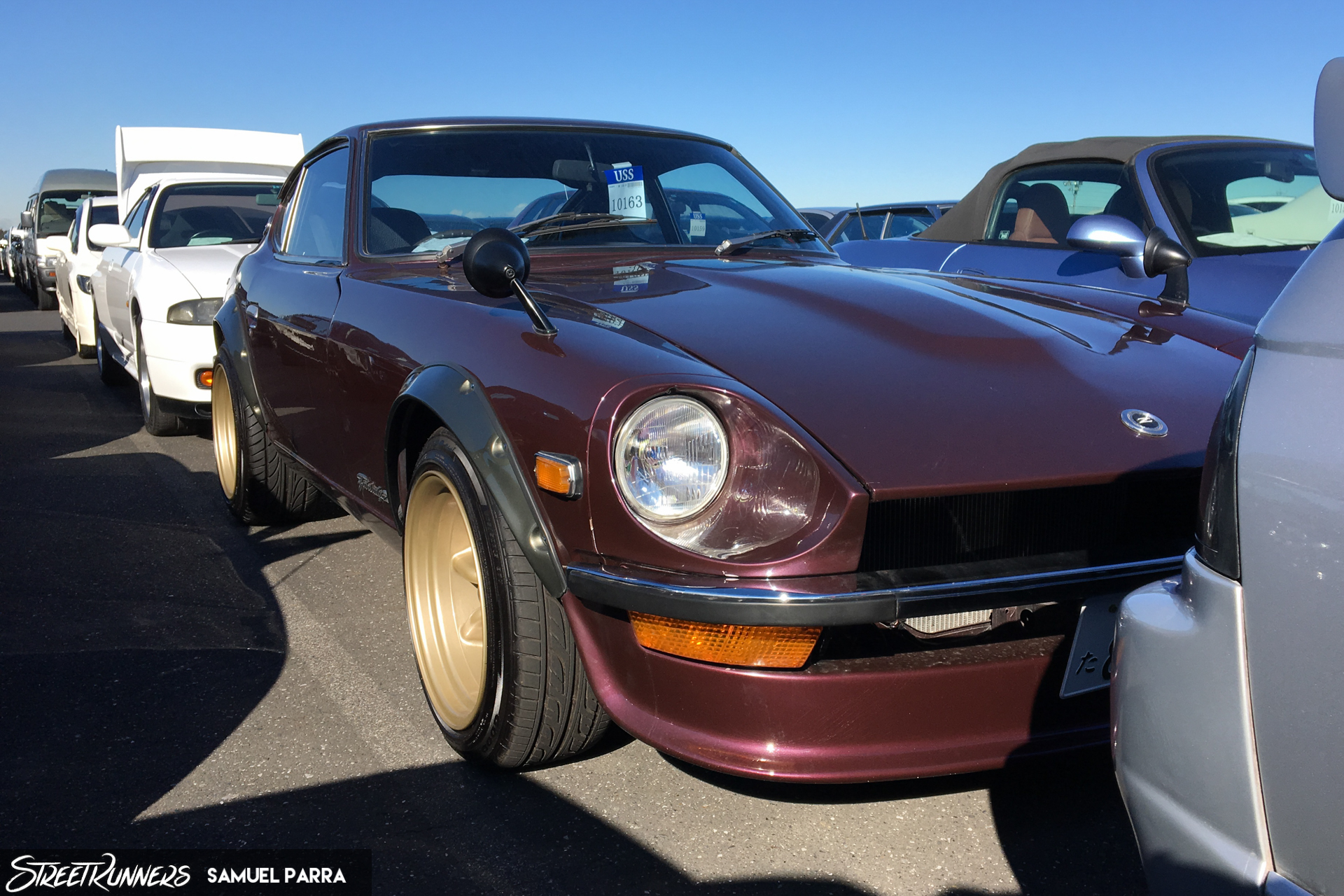
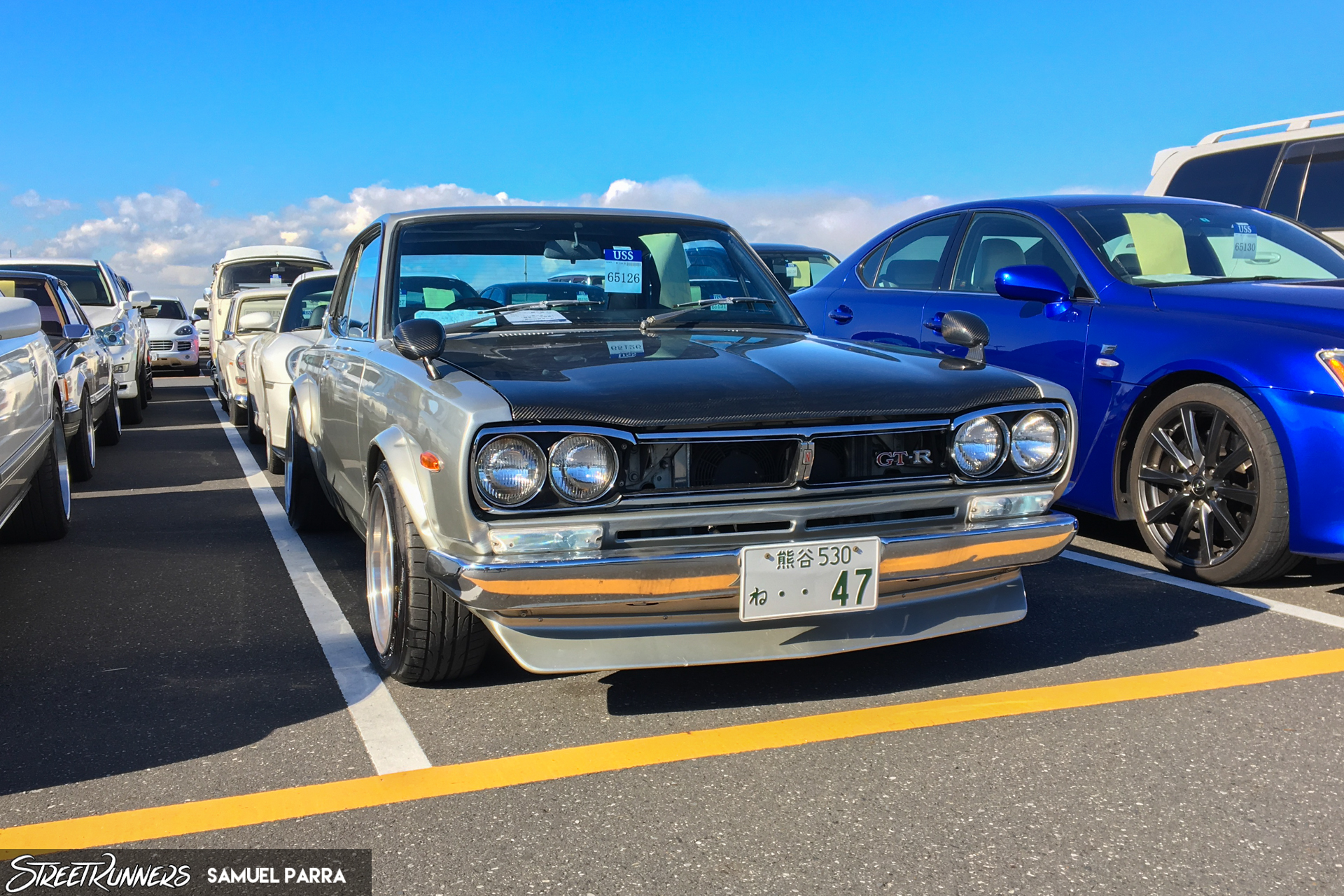 or cheap Euro cars.
or cheap Euro cars.
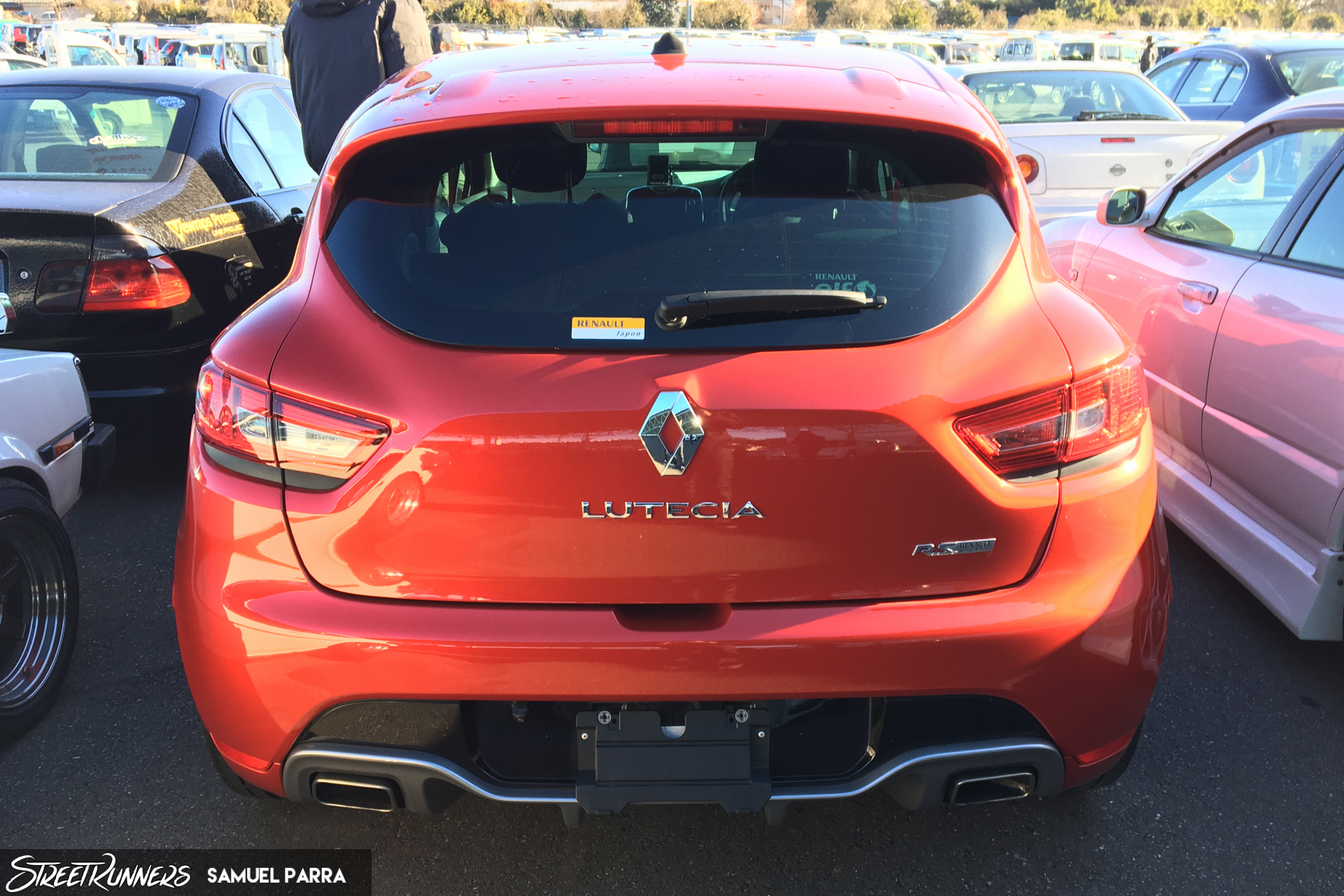
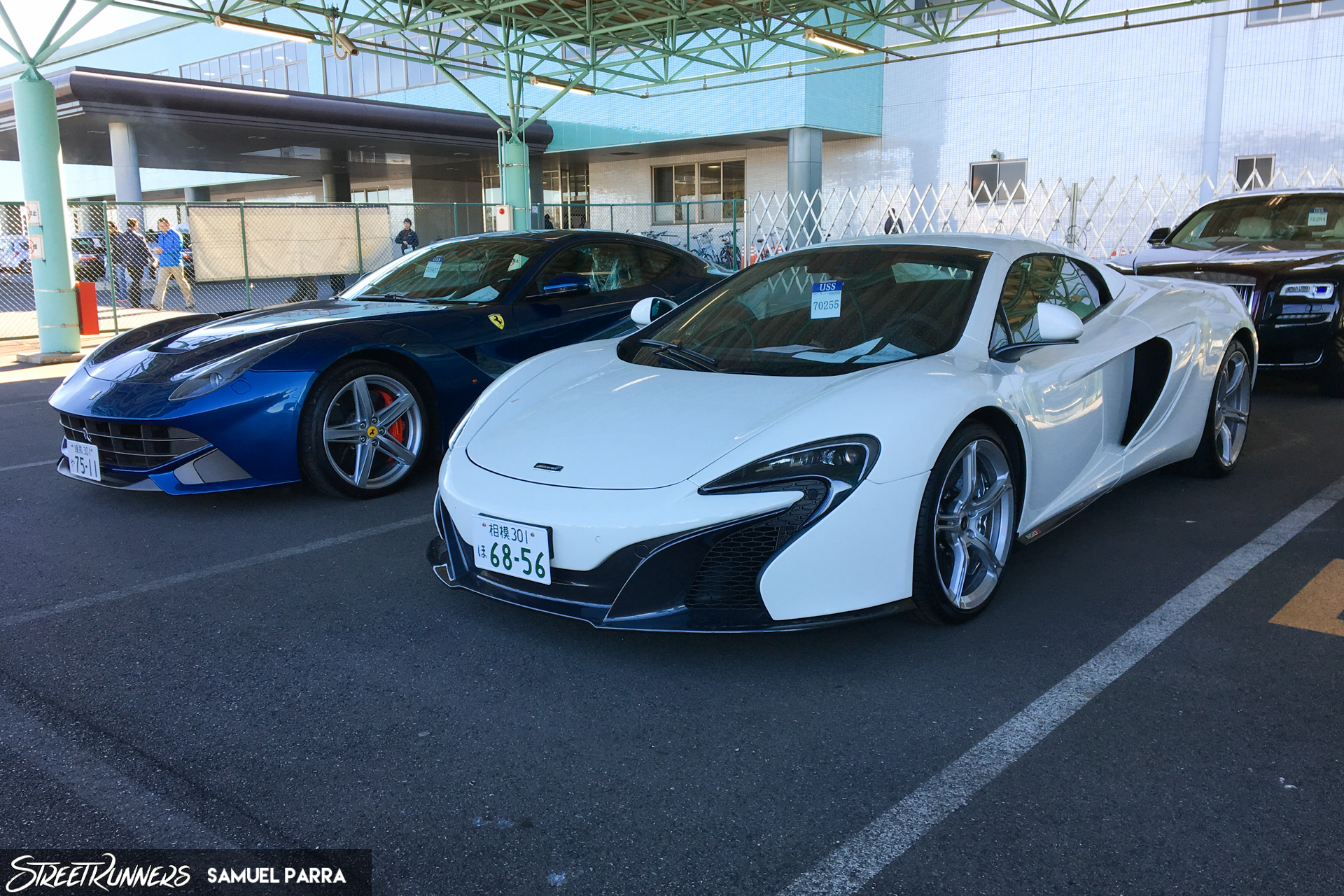
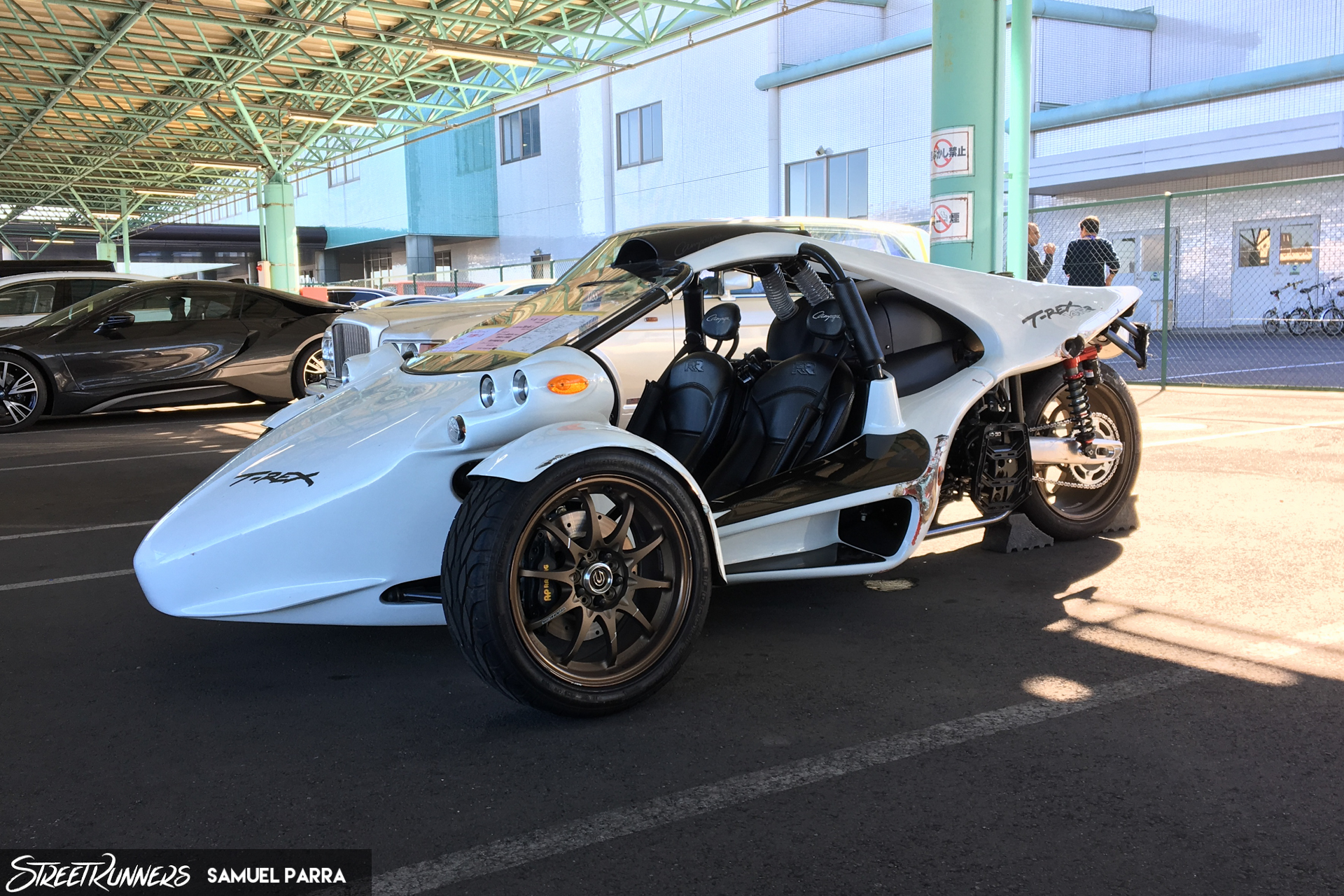

 There were even hearses and ambulances. Whatever you’re looking for, if it’s not here it doesn’t exist.
There were even hearses and ambulances. Whatever you’re looking for, if it’s not here it doesn’t exist.
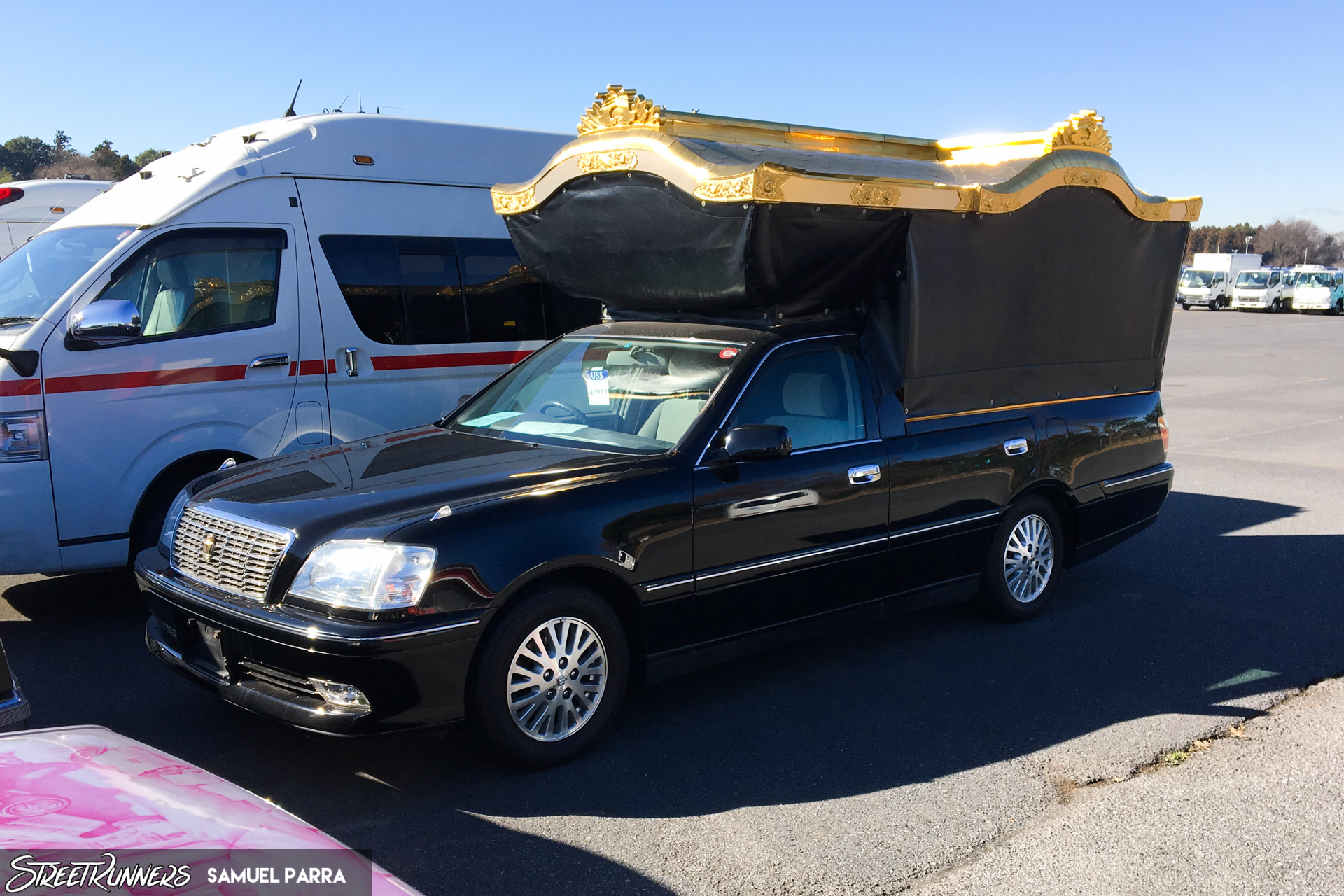
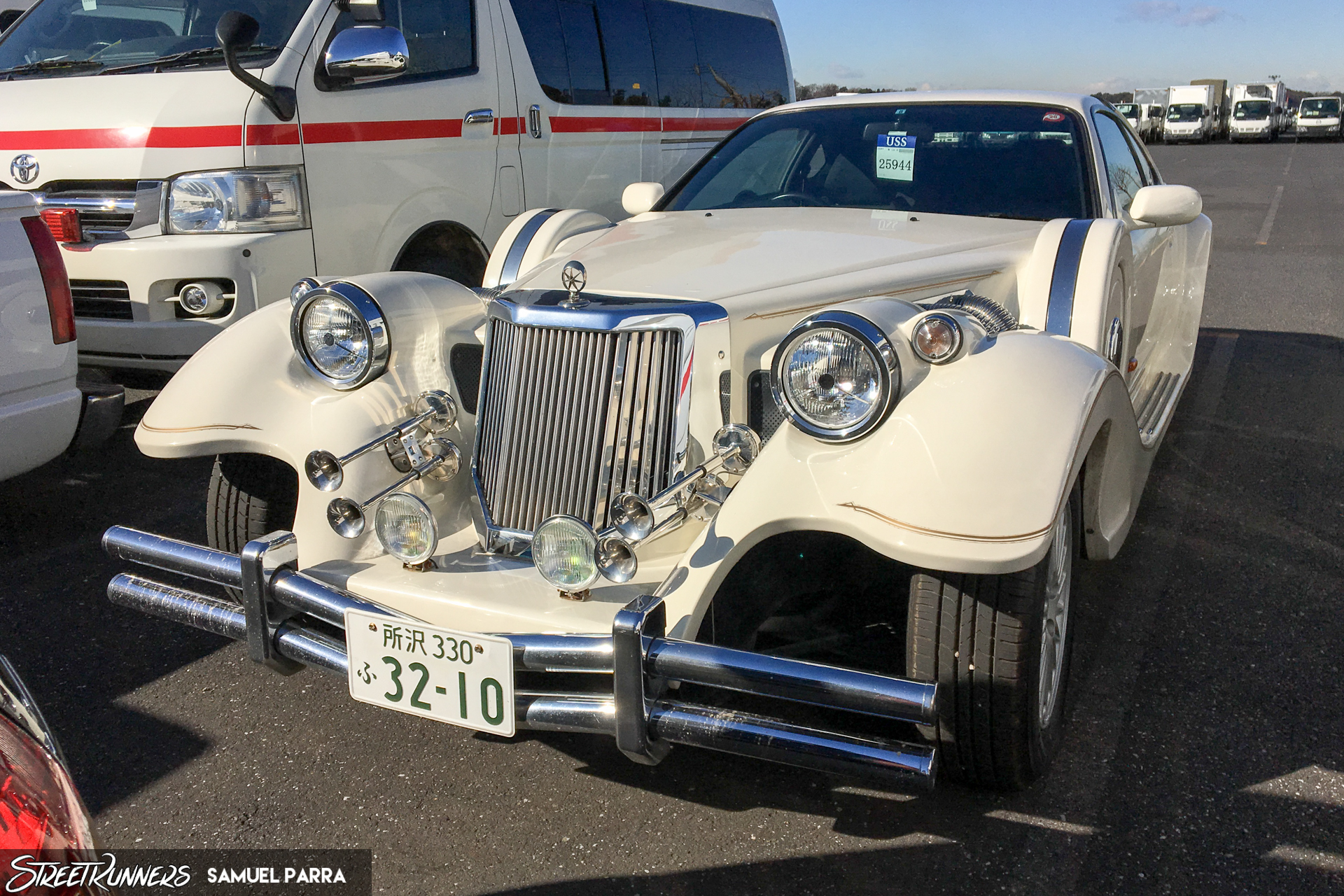
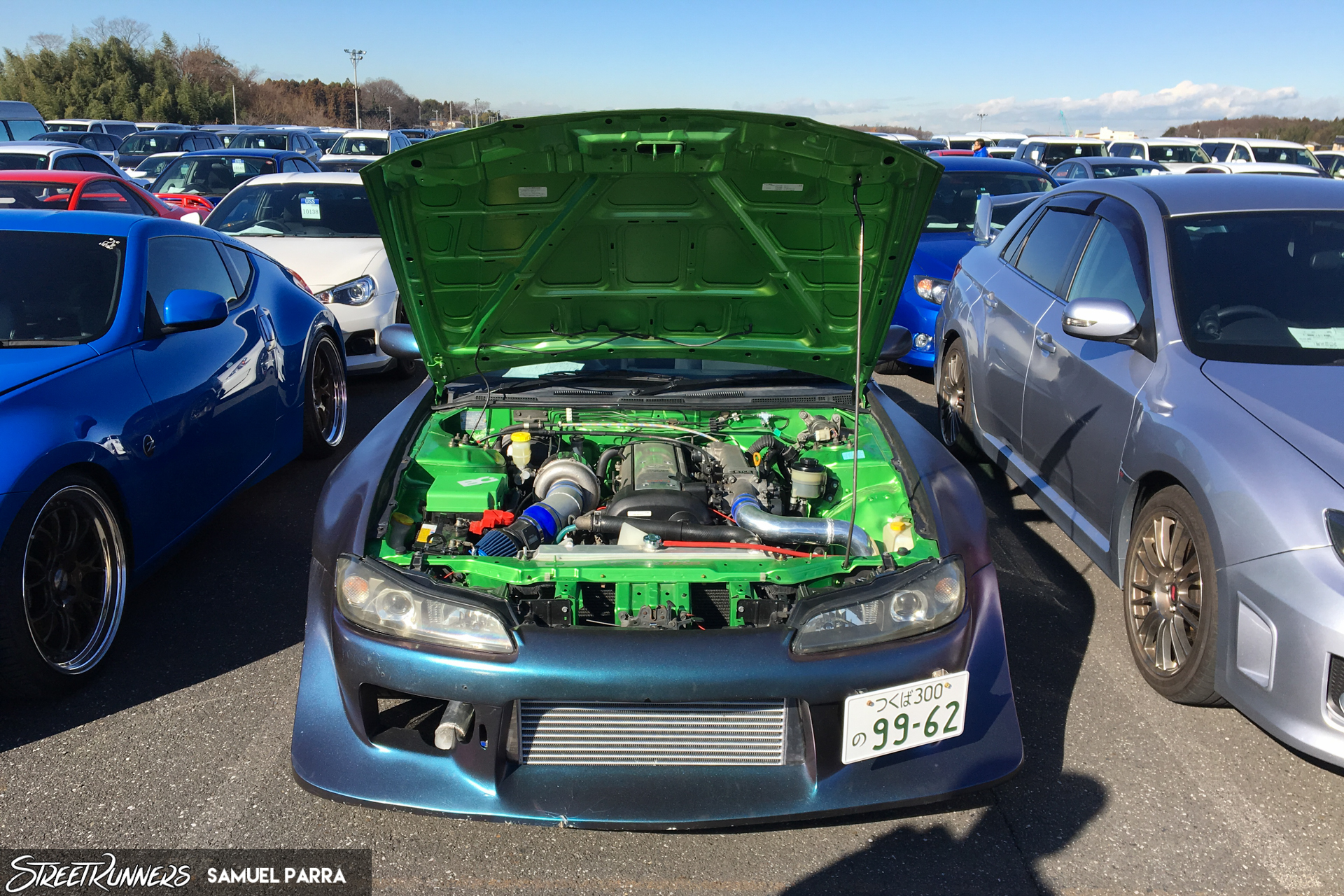




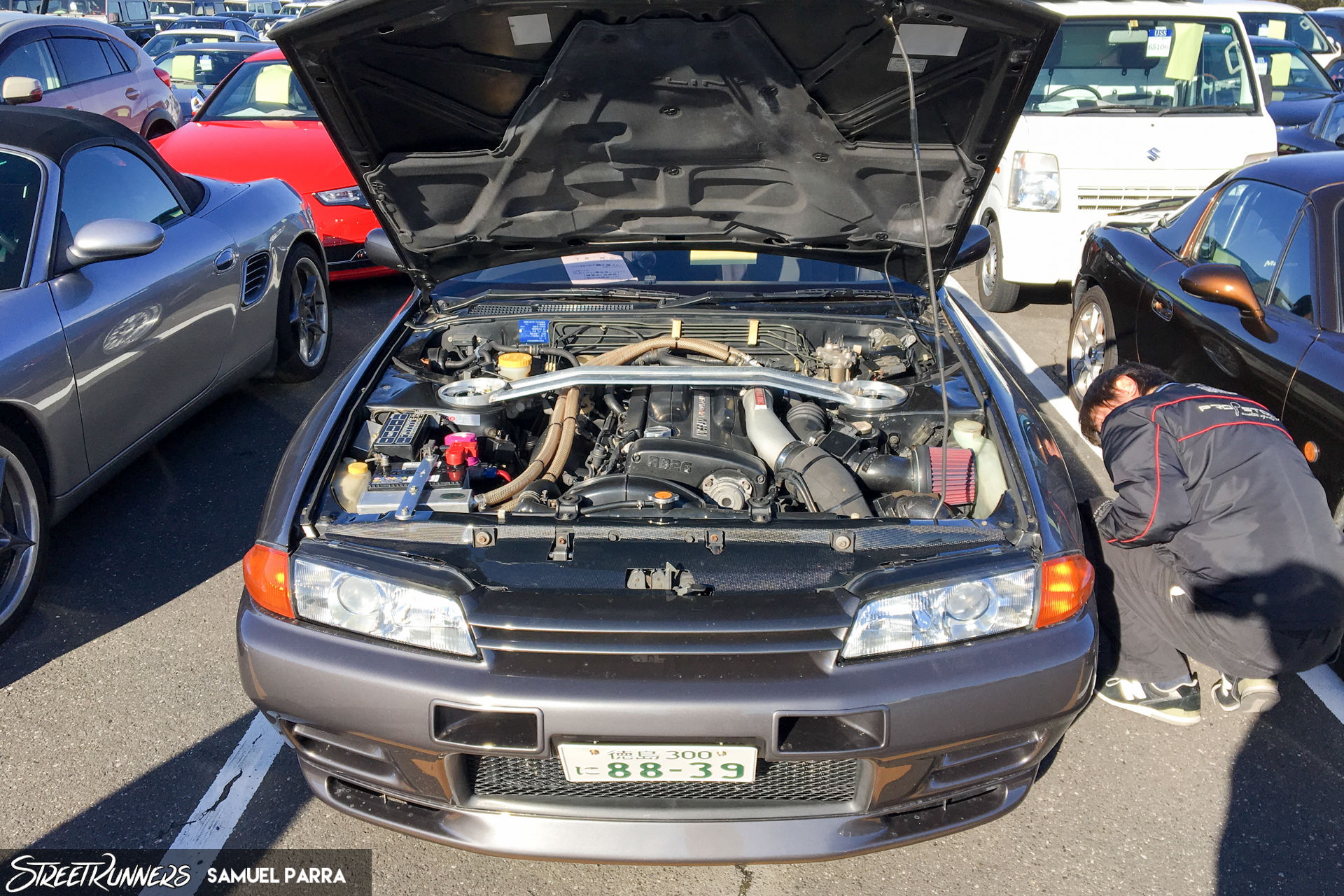
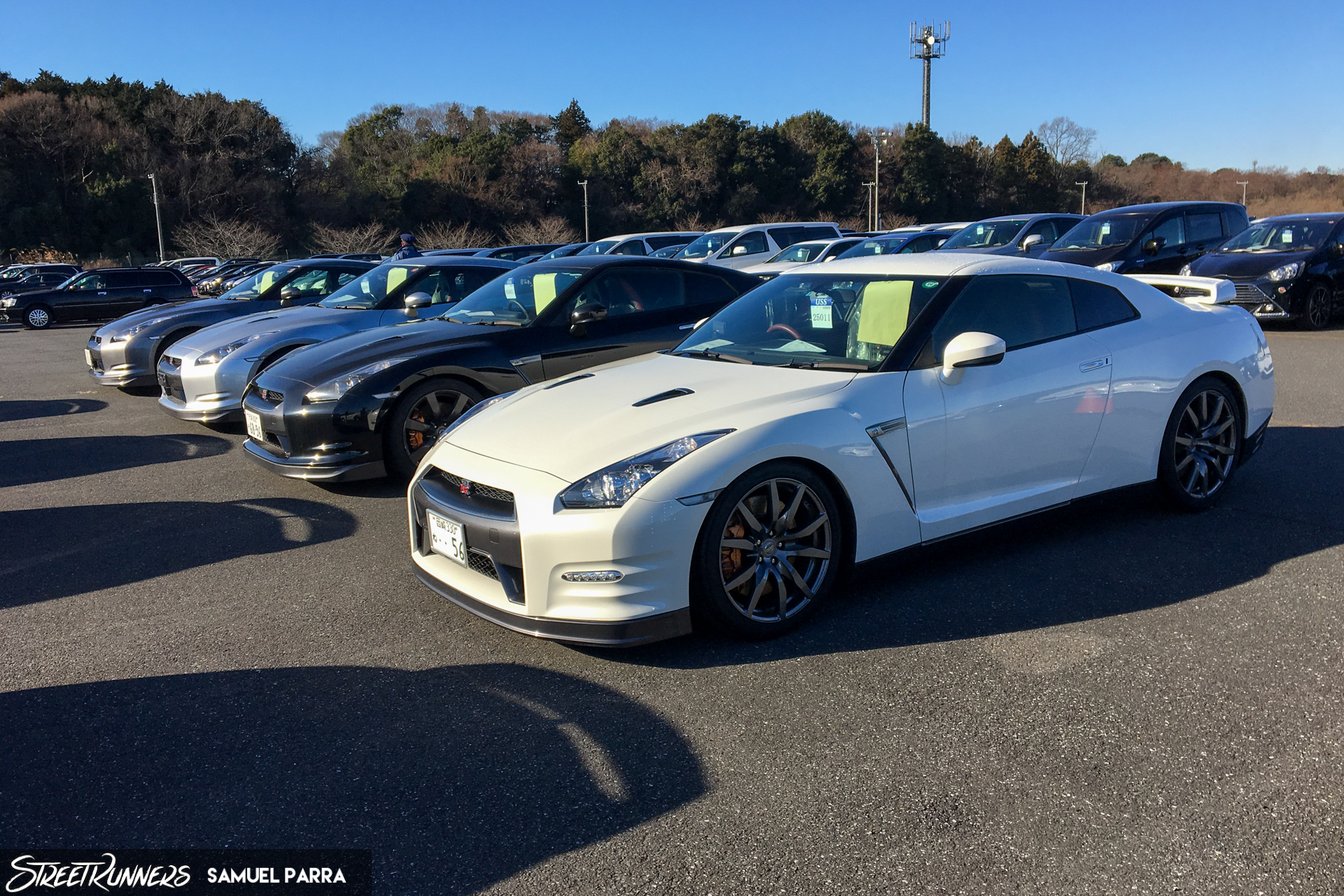

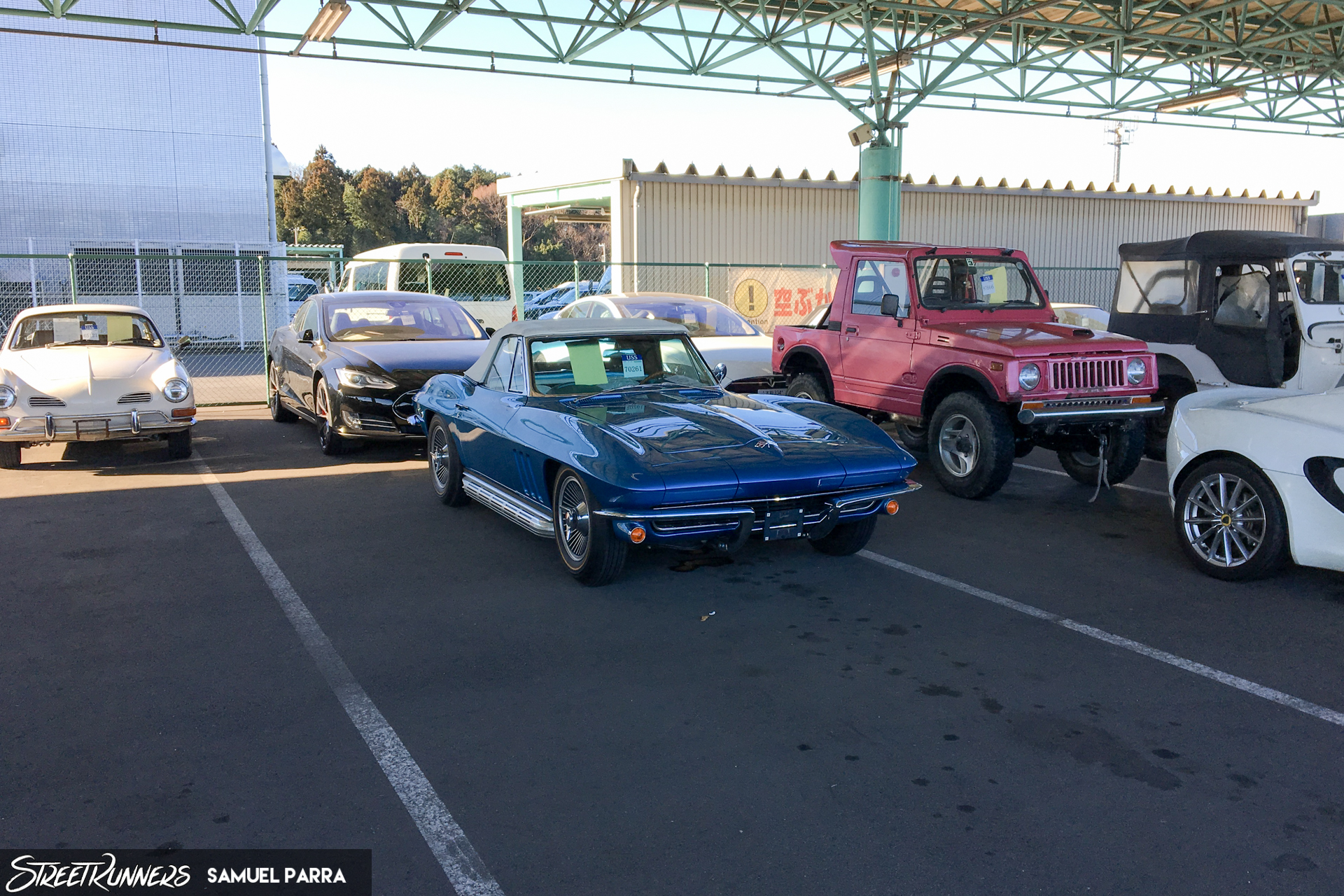


PS: I’m not an expert in the subject by any means, but if you have any doubts about how to import a car from Japan, please leave a comment and I’ll try to help as much as I can.


